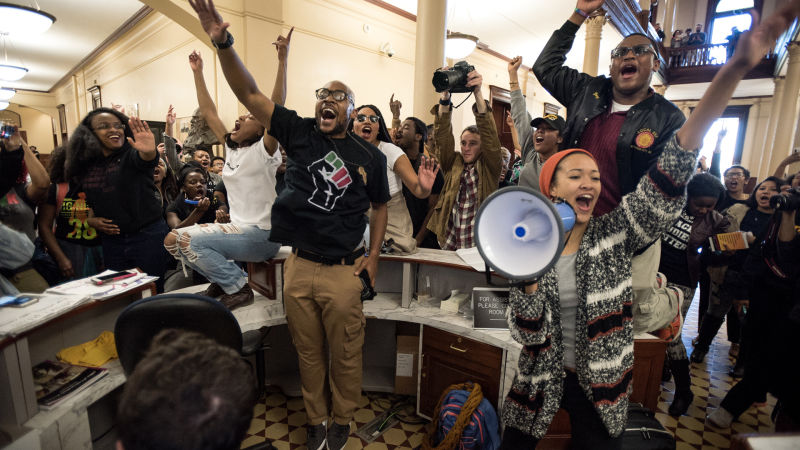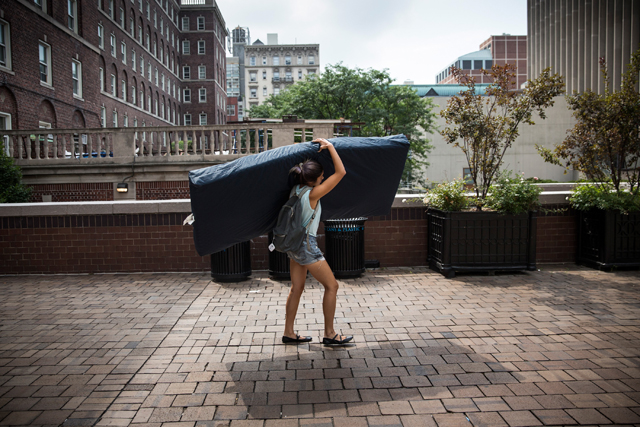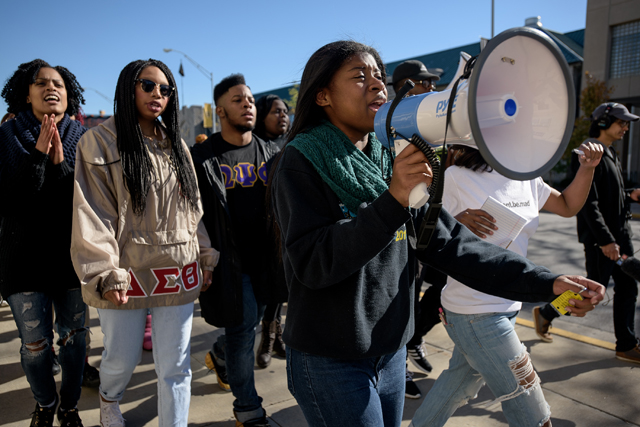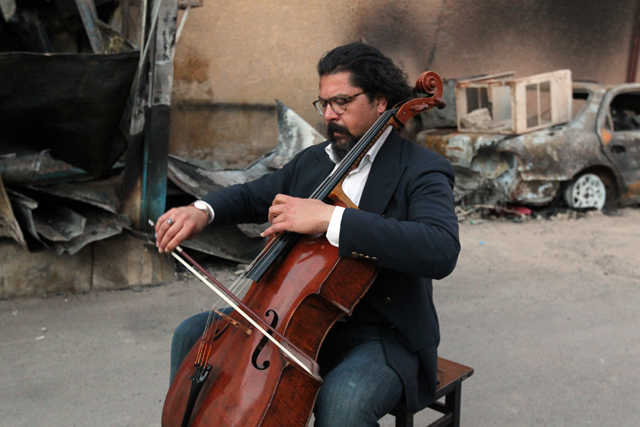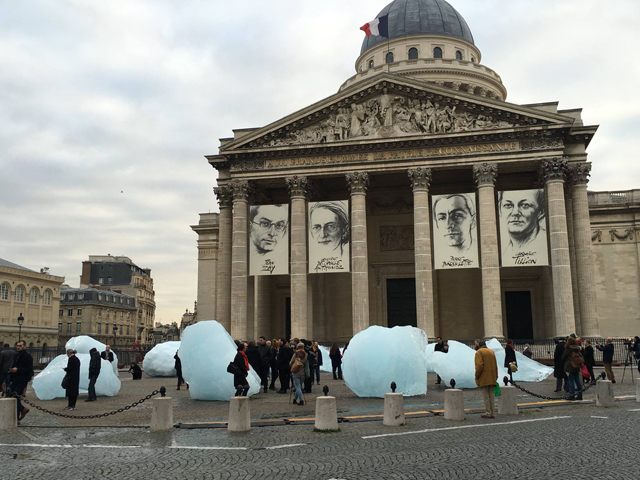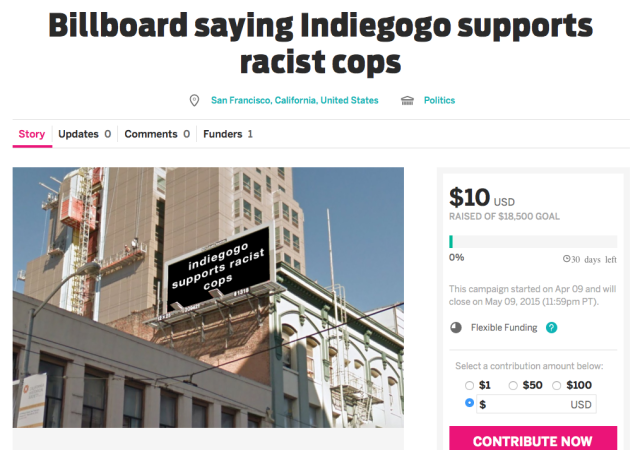Columbia University professor Todd Gitlin recently wrote an op-ed in The New York Times that asked, “Why are student protesters so fearful?” Conceding that young people have much to fear — briefly ticking off rape culture, the “grotesque proportions” of police brutality towards black people and rising hatred toward immigrants — Gitlin proceeded to bemoan a supposed lack of courage among today’s young people, compared to their 1960s counterparts.
Setting aside the fact that laws limiting public expression have increased exponentially in the last 50 years and that violence against protesters is swift and severe, I read Gitlin’s screed with the same bewilderment that accompanies any conversation with someone who refuses to acknowledge progress in favor of propping up memories of their youth. It charitably occurred to me that maybe he’s been trapped under something heavy in recent years — perhaps an old boulder-style PC with dial-up internet. That might explain how much he’s missed.
The truth is that today’s radical actions are far more nuanced, organized and networked than in any other period in history — with young people and visual culture driving much of it. I don’t need to write a list here of the terrible things that happened in 2015. Violence, bigotry and hate seemed to reign. The news was often an onslaught, leaving us with barely enough time to recover from the previous week’s brutality before being tossed into greater horrors.
Thankfully it was also an amazing year of resistance. Deciding to embrace this moment as a movement unto itself is one way to shift away from narrow thinking, and recognizing the bold new territories of resistance is another. This is a mere sample of highlights from a year of radical actions and global movements that kept my faith in the future alive.
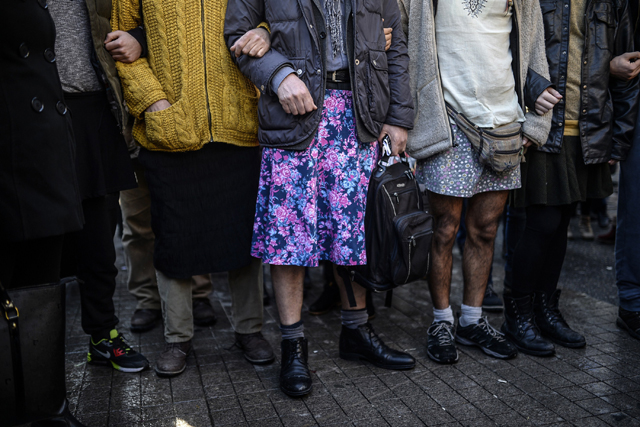
Feminist Action
2015 was a decidedly powerful year for dismantling the patriarchy. Women tech workers took out a full-page ad in the Palo Alto Daily Post to thank Ellen Pao for her gender discrimination lawsuit against Kleiner Perkins Caufield & Byers. Following the jury’s verdict against Pao, the Twitterverse likewise erupted with its support via #ThankYouEllenPao. A win in the courtroom, it would seem, is not the only measure of victory.
